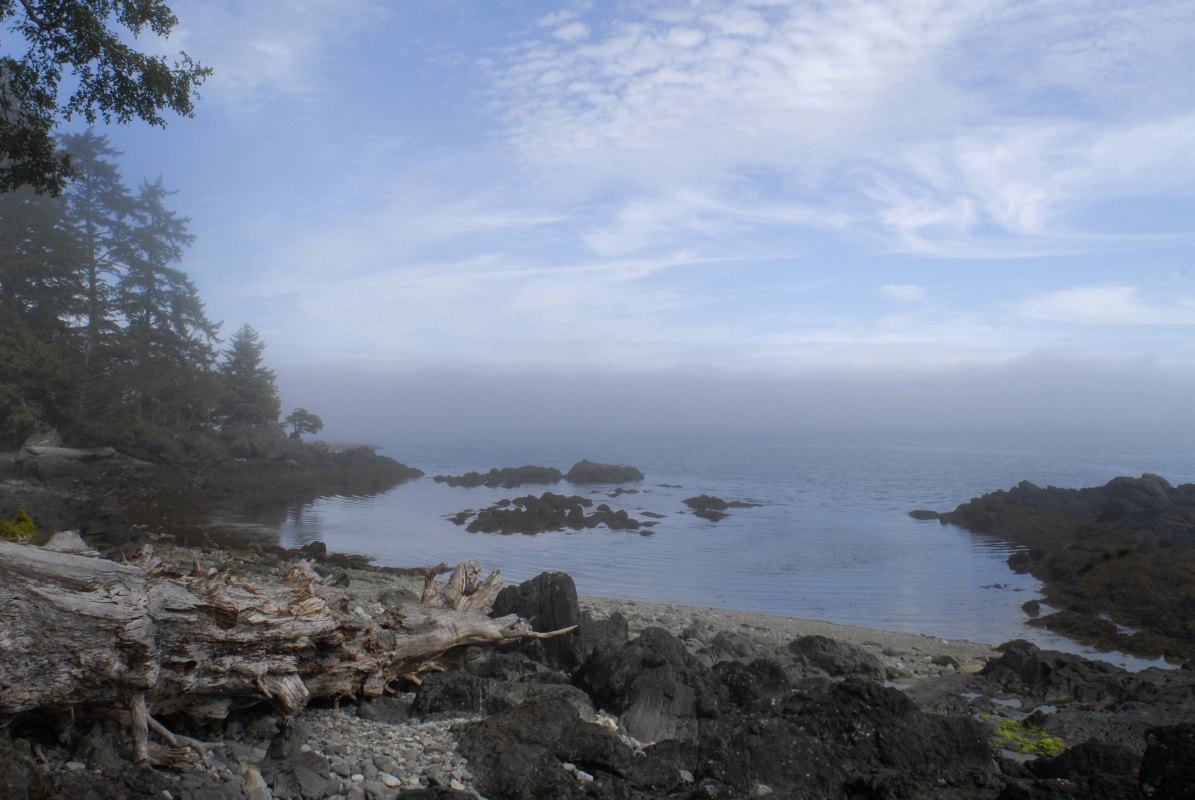The oldest footprints in North America have been discovered in British Columbia, Canada, according to a story in Live Science. The footprints found on Calvert Island are 29 in all, belonging to two adults and one child, and appear to be roughly 13,000 years old. The footprints support the claim that humans were living on Canada’s west coast during the end of the last ice age, according to anthropologist and research leader Duncan McLaren. Calvert Island toward the end of the ice age was a “refugia,” a habitable area that, unlike other nearby locales, was not covered in ice. Given the location of the footprints in clay on the shoreline, McLaren proposed the possibility that the humans were disembarking a boat.
Thanks for reading InsideHook. Sign up for our daily newsletter and be in the know.


















